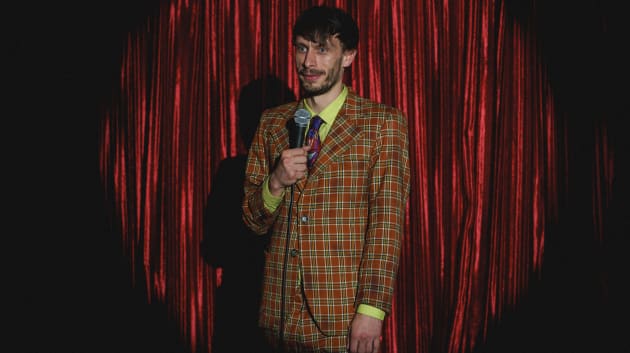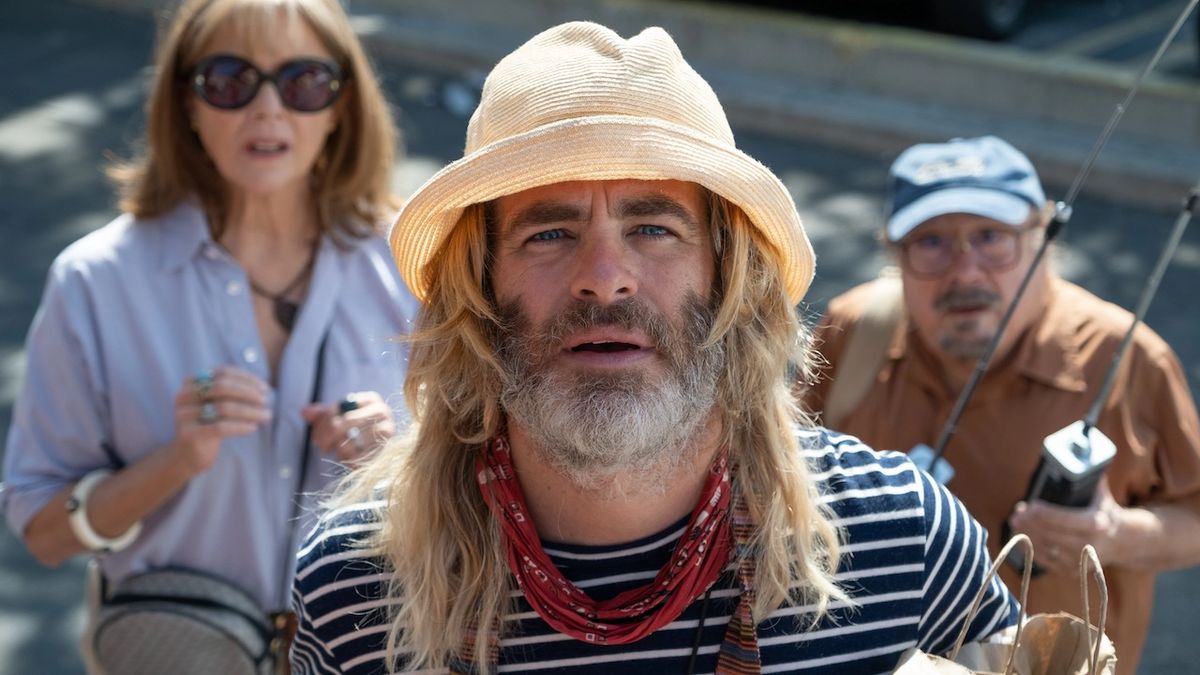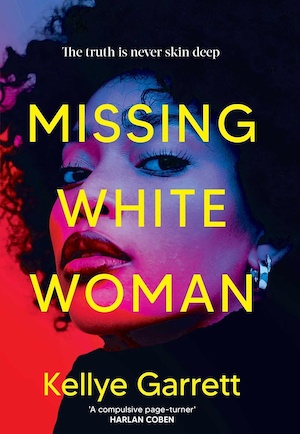Tensions are building among broadcast station owners and pay-TV providers as the local rights to air NBA, NHL and MLB games go up for grabs.
Broadcast station owners including E.W. Scripps Co., Gray Television, Nexstar Media Group and Sinclair, have been in discussions with leagues and teams about potential deals to carry games on free over-the-air channels, according to people familiar with the matter, as long-held media rights for teams on regional sports networks come under jeopardy.
Regional sports networks have owned almost all local sports rights for decades, but their viability is in doubt after tens of millions of Americans canceled cable TV in recent years. A shift to a model centered around broadcast stations and direct-to-consumer streaming would upend the business that saw teams and leagues reap hefty fees. It would also boost broadcast station owners leverage in carriage negotiations — and potentially accelerate cord-cutting further.
The discussions come soon after Diamond Sports Group, which owns the largest portfolio of regional sports networks, filed for bankruptcy protection and stopped paying rights fees for some of the teams on its channels. Warner Bros. Discovery, which owns a slate of networks, said it would exit the business by the end of this year, putting another handful of teams on the table.
The leagues and teams began contingency planning in March when Diamond filed for bankruptcy, the people said.
Broadcasters are viewing the opportunity to carry local NBA, NHL and MLB games as an unexpected pathway to boost the fees they receive from pay-TV operators like Comcast, Charter or DirecTV for the right to carry their stations.
Broadcast companies typically tie all of their stations together when they renegotiate contracts with pay-TV carriers. That makes local sports unusually valuable.
If companies like Gray or Nexstar can land sports rights in several markets, they can likely use those rights as leverage to boost fees for all of their stations. If pay-TV operators push back on price increases, the station groups can threaten to black out the games. Leagues typically want to avoid local blackouts, which lead to angry fans.
That dynamic has led distributors, who have also shown interest in short-term deals to carry games, to express concern to the leagues about more games going to local broadcast stations, which are also free to many viewers with simply an antenna and no paid package, the people said. They fear local sports moving to broadcasting could further accelerate cord-cutting.
Top executives at DirecTV, including President Bill Morrow, are expected to meet with NBA and NHL leaders in coming weeks as part of an ongoing dialogue about local games if RSNs are to drop teams, some of the people said.
Pay-TV providers are also exploring alternatives to keep local games in the bundle. Charter Communications is introducing a cheaper TV bundle in the fall without RSNs to give consumers more choices.
While MLB teams are also at risk, the talks have so far centered around the NBA and NHL, some of the people said.
An NHL spokesperson said the league “is closely monitoring the RSN situation … [and] prepared to address whatever circumstances dictate to provide our fans with access to our games.”
RSN pressure
The regional sports network business model has been under pressure as consumers ditch traditional cable bundles and turn to streaming instead.
For decades, these regional sports networks have paid fees to leagues and teams, and cord-cutting has hit the model especially hard. That, plus the debt load that stemmed from Sinclair’s acquisition of Diamond Sports in 2019, pushed the networks owner into bankruptcy earlier this year.
As part of the bankruptcy, Diamond is not only looking to restructure its debt load, but also reset some of its media rights deals with teams to reflect so-called market rates. A bankruptcy judge ruled Diamond had to make those rights payments or teams can walk away from their contracts.
“We are in ongoing discussions with our team and league partners about paths forward and are engaged in renewal discussions regarding the two distribution agreements that are up this year,” a Diamond spokesperson said in a statement. “Our goal is to continue producing and broadcasting games for all teams in our portfolio.”
In addition to its contracts with teams, Diamond is also negotiating two carriage deals with DirecTV and Comcast, which will soon expire, according to court documents.
Though the networks are still profitable, the industry — from the leagues to pay-TV providers — is experimenting with alternatives. Many networks, including Diamond-owned Bally Sports channels, now offer direct-to-consumer streaming options, often priced at $19.99 or more a month.
“The bottom line is you want to be seen in as many homes as possible and generating new revenues,” said sports consultant Lee Berke. “There’s not just one way to do it, but you can’t be fully devoted to pay-TV alone. There needs to be different streams of revenue.”
Broadcast is back
Some of these deals have already been inked.
The NBA’s Phoenix Suns and Utah Jazz recently reached deals to be be aired on local broadcast networks run by Gray and Sinclair, respectively. A Nexstar-owned broadcast station in Los Angeles will carry a set of Clipper games, while the Las Vegas Golden Knights, this year’s NHL Stanley Cup champions, will be aired on a Scripps network this fall.
“One thing is clear to us, regardless of whether [Diamond’s] Bally Sports had financial problems. The distribution of teams only through RSNs had become a really bad business for the teams,” said Brian Lawlor, president of Scripps Sports, a programming division launched in December. “The teams and leagues have a reach problem.”
Before the Scripps deal, Lawlor said, the Knights reached about 35% of households in the Las Vegas area on its original network, owned by Warnes Bros. Discovery.
For these deals to work, broadcast station owners need to have existing stations in the same footprint as the teams as well as an affiliate station in the area that isn’t a top four broadcaster — ABC, NBC, CBS and Fox — in case it interferes with national sports games.
In some cases that means starting new broadcast stations, in others it means using other affiliate networks like the CW Network or Scripps’ Ion.
Nexstar’s CW Network has been increasingly interested in adding sports, with recent deals for ACC college football games and Nascar, and would be interested in obtaining more sports rights, including for local games, according to some of the people familiar with the current deals talks.
The Phoenix Suns will be aired between two Gray networks, including the newly launched KPHE, reaching more than 2.8 million households and tripling the reach to fans. The Suns deal came to fruition as Diamond opted not to renew its contract with the team. The Suns’ rights had also beckoned interest from Scripps, some of the people said.
Some argue that while cord-cutting is depleting the traditional RSN business, it’s still profitable and the lucrative rights fees prop up the payrolls of leagues and teams. Deals with over-the-air broadcasters are unlikely to replicate those fees, even if they expand the reach.
“The reality is that the issue people keep talking about is the rights fees. But the rights fees aren’t necessarily the question,” said Berke. “The question is what’s the range of revenue opportunities available for teams and media outlets?”
Wider reach means more visibility for fans, Berke pointed out, paving the way for advertising to make up for some of that revenue.
MLB differences
Then there’s MLB.
Broadcast station owners have shown interest in airing local MLB games, according to the people familiar, but it may not be as simple as it is for the other leagues.
MLB team territories are so large and it may be difficult to find a single broadcast station that covers the area, one of the people said.
In the last few months, MLB has begun running the distribution for San Diego Padres and Arizona Diamondbacks games after Diamond opted out of paying their rights fees amid a push for direct-to-consumer streaming rights for MLB teams.
Diamond’s Bally Sports+ apps don’t carry all of its MLB teams, unlike the NBA and NHL, which have blanket streaming rights deals with Diamond.
This season, fans can watch Padres or Diamondbacks games through cable-TV or through the league’s MLB.TV streaming service. Discussions about future carriage of these teams are still ongoing for upcoming seasons, some of the people said.
Disclosure: Comcast owns NBCUniversal, the parent company of CNBC.






